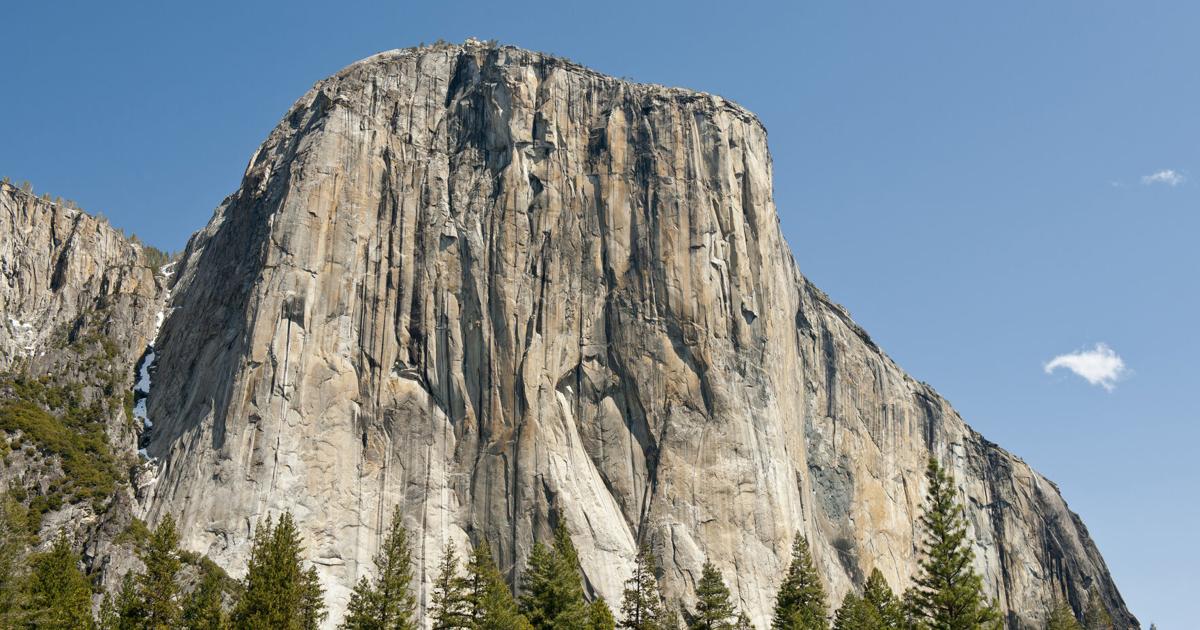
Nov. 28—Could big-wall rock climbing in places like Yosemite Valley be regulated out of existence?
That’s a question swirling around the climbing community this week in the wake of new proposals by federal land agencies to tighten regulations on outdoor pursuits like rock climbing, ice climbing, mountaineering, canyoneering and caving that depend on protection from fixed anchors.
Climbers have bolted new climbing routes and maintained established ones with liberty in Yosemite and other federal lands for decades. But new draft policies put forth by both the National Park Service and U.S. Forest Service would subject those practices to higher scrutiny and more oversight.
“This is an existential crisis for America’s climbing community,” Erik Murdock, interim executive director of the Access Fund, a national nonprofit advocacy group, told the Chronicle. “It’s a paradigm shift from how federal land agencies have managed climbing for the past 59 years,” since the Wilderness Act of 1964 was signed into law.
In a statement provided to the Access Fund, El Capitan climbing legend Lynn Hill said she is “dismayed to see federal leaders propose policies that could erase historic climbs in places like Yosemite National Park.”
It’s unclear what prompted new draft guidelines or when they might take effect. The park service did not respond to email questions from the Chronicle.
But in a written statement, an agency spokesperson underscored the need for “careful and thorough planning” needed “to protect and preserve wilderness.” Popular big-wall climbing crags like El Capitan have long been categorized as vertical wilderness zones by the park service, a designation that seeks to preserve their “untrammeled” and “undeveloped” character.
“The proposed guidance … will help park managers create consistency in managing climbing activities … and give climbers a clear and more predictable process for installing new or replacing existing fixed anchors in wilderness,” park service spokesperson Cynthia Hernandez wrote to the Chronicle. “I also want to note that under the proposed guidance, existing fixed anchors may continue to be used.”
Modern rock climbers are reliant on a mix of permanent anchors — generally 5-inch steel or titanium bolts drilled and glued into a rock face that climbers clip their ropes into — and removable protection like nuts and cams that climbers place temporarily as they ascend their routes. Creating a new route generally requires some bottom-to-top bolting, a laborious process commonly done with hand drills and hammers.
Bolting is allowed in national parks under a 2013 director’s order. However, the order states that “bolt-intensive face climbs (are) considered incompatible with wilderness preservation and management due to the concentration of human activity which they support, and the types and levels of impacts associated with such routes.”
The park service’s new draft guidelines build on that premise. They contend that “fixed anchors constitute a prohibited use” under the Wilderness Act of 1964 and seek to restrict places where they may be installed by requiring that a “minimum requirements analysis” be conducted on any route where a bolt might be placed (or replaced).
Climbing advocates worry such a policy would grant unilateral control of climbing access to park superintendents and potentially reverse decades of precedent. Bolts in popular climbing areas need to be replaced all the time for safety and instituting a new bureaucratic hurdle would make the sport more dangerous and stymie the creative freedoms that have driven and defined the sport since its inception, Murdock said.
“The climbing community is not opposed to regulation, but this level of restriction is a direct threat to the history of climbing,” he said.
It could also penalize and chill the actions of Good Samaritan climbers who replace old, sometimes corroding bolts on popular climbing routes, Murdock said.
The threat Murdock describes “is not theoretical,” he said. Similar policies have recently taken effect at Joshua Tree National Park, Southern California’s sport-climbing mecca, and rankled outdoor advocates there who worry that historic climbing routes will be red-tagged by regulators.
In a comment provided to the Access Fund, Matt Wade, executive director of the American Mountain Guides Association, expressed concern about the proposed guidelines. “The draft policies would create a significant administrative burden that would limit the ability of guides to provide safe outdoor experiences for the public at a time when more and more Americans are seeking to experience” the outdoors, he said.
A public comment period on the park service’s draft guidelines opened this month and closes Jan. 16. Comments can be submitted online at the park service’s website.
Reach Gregory Thomas: [email protected]
___
(c)2023 the San Francisco Chronicle
Visit the San Francisco Chronicle at www.sfchronicle.com
Distributed by Tribune Content Agency, LLC.
